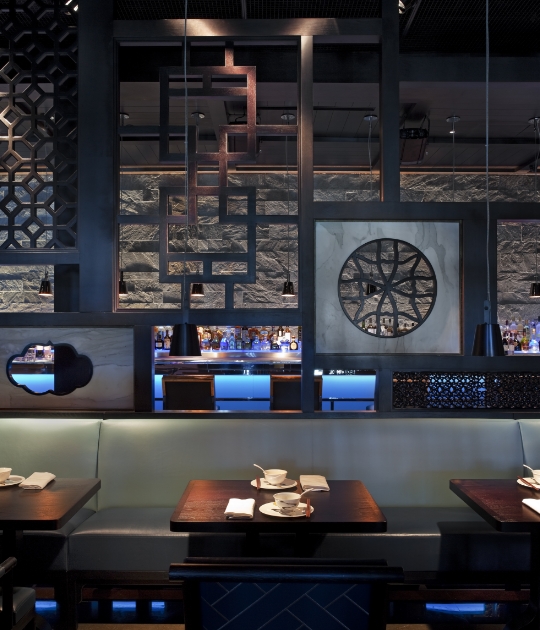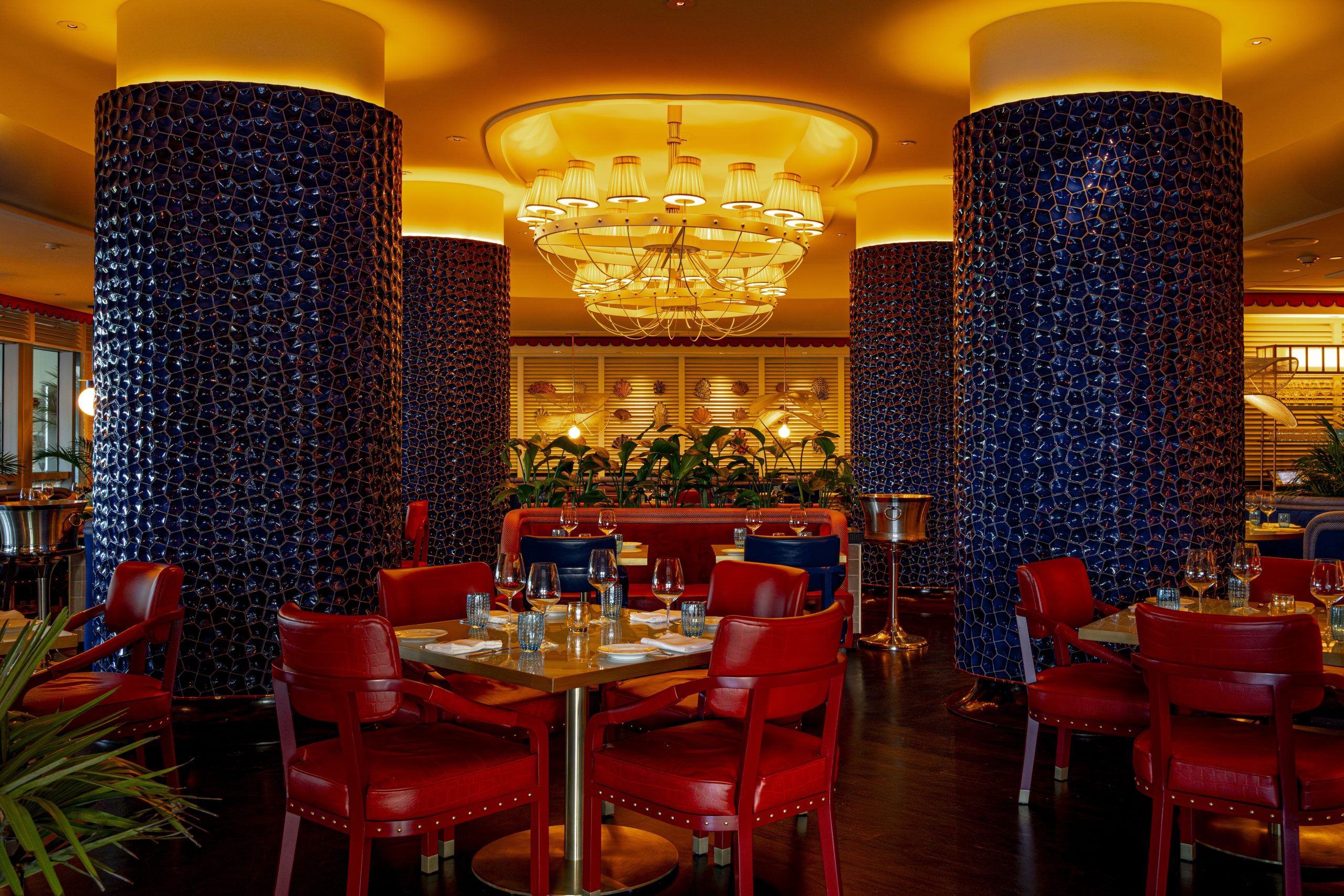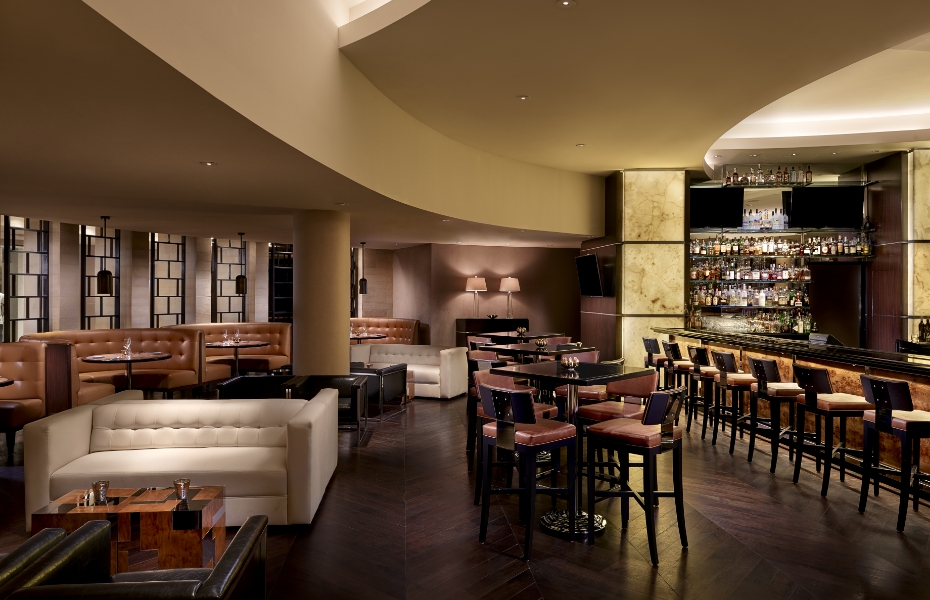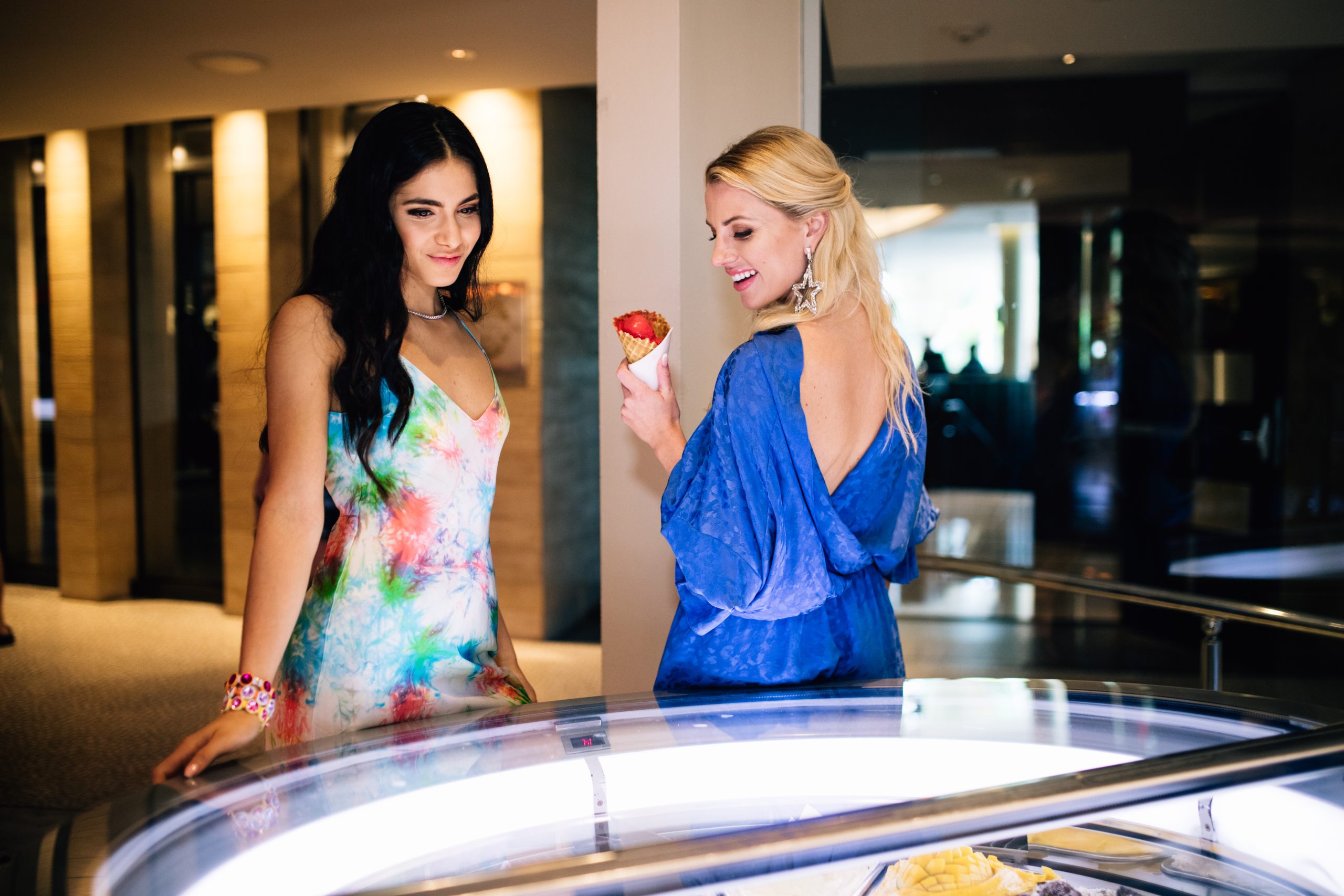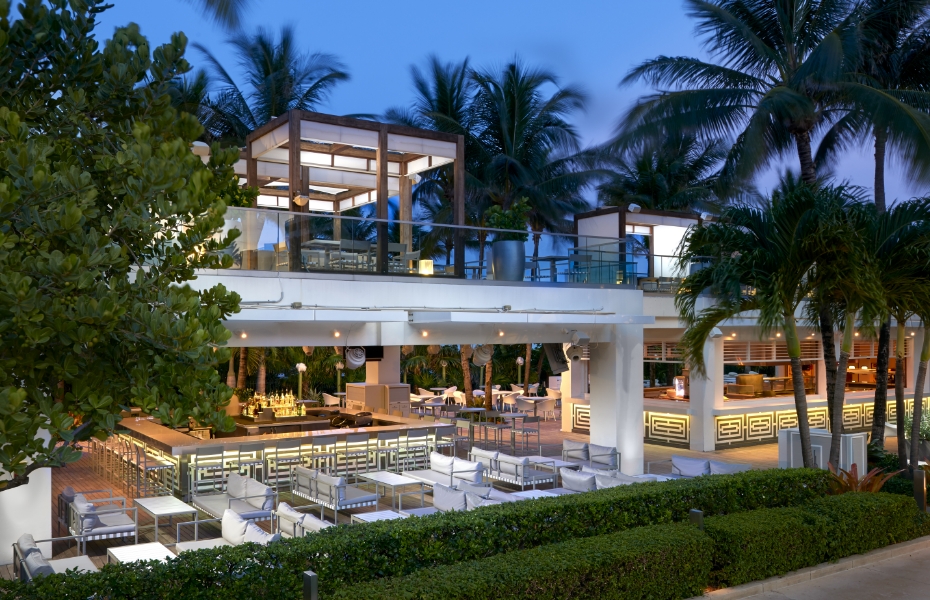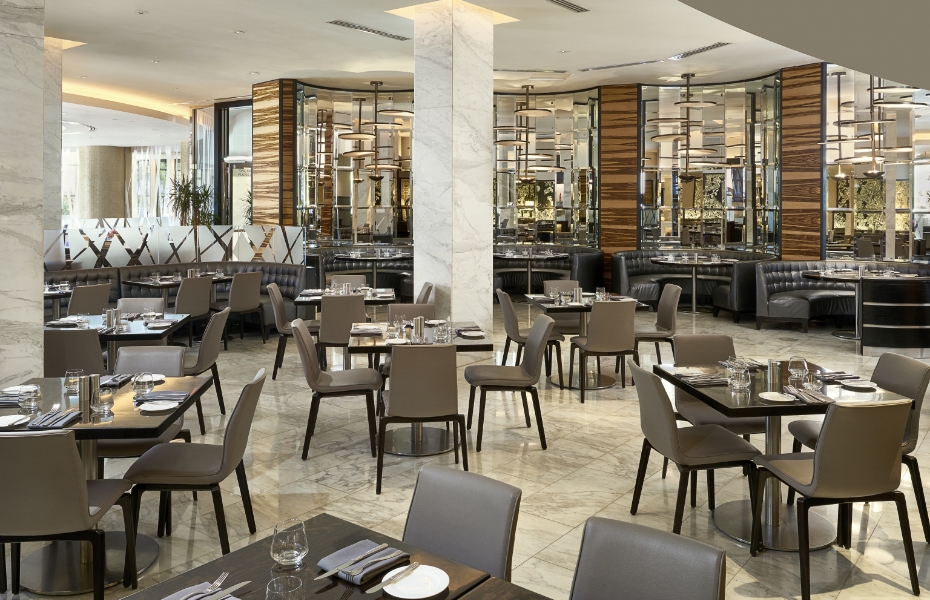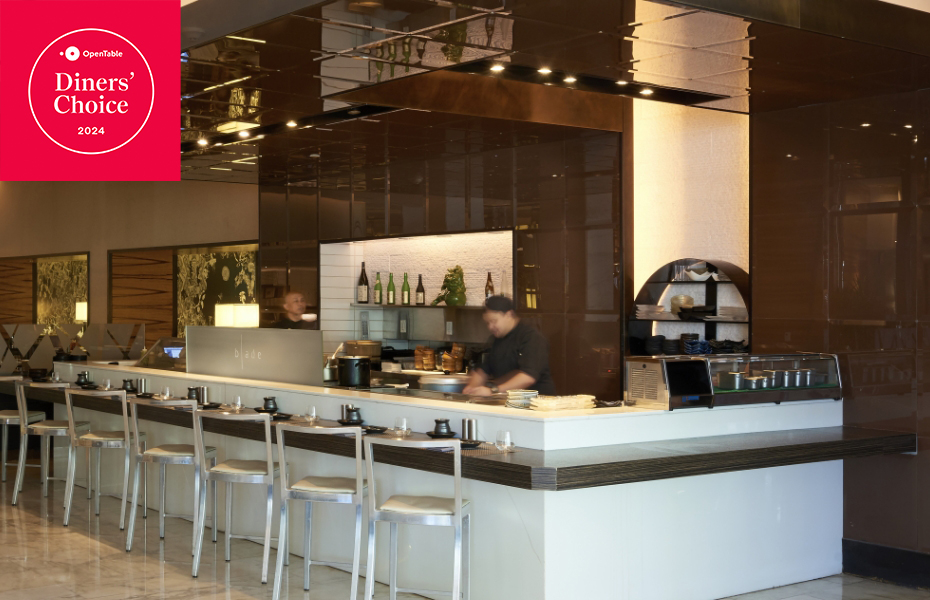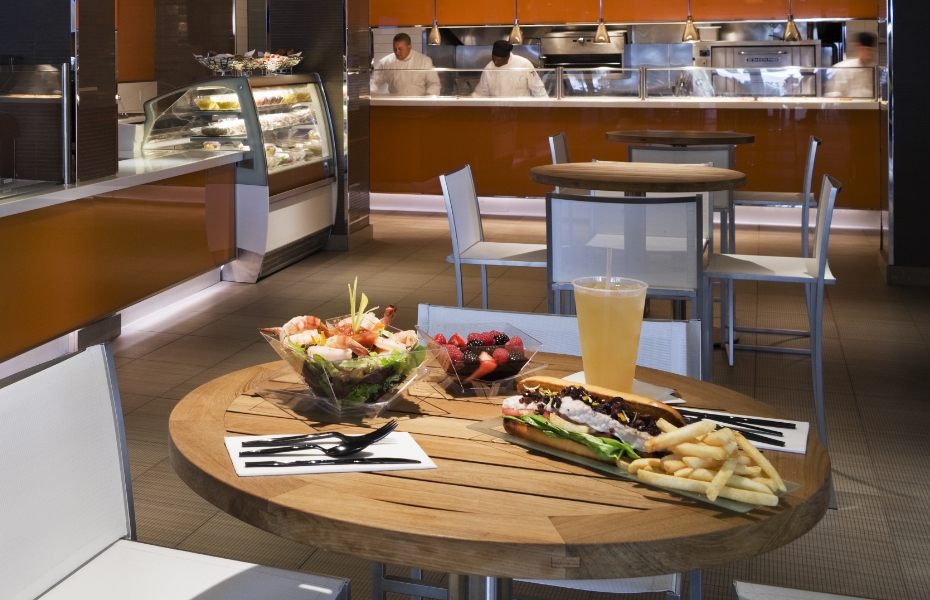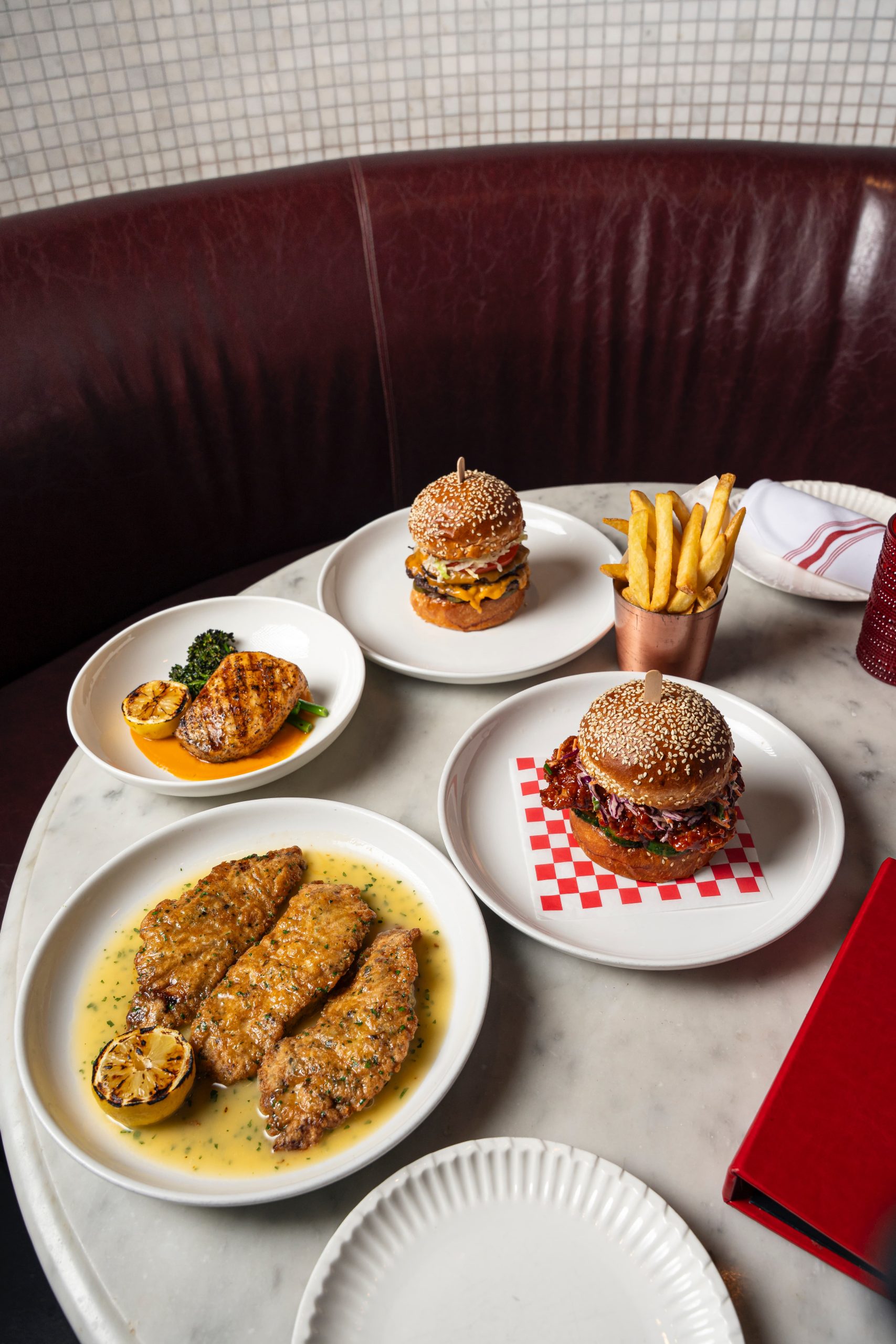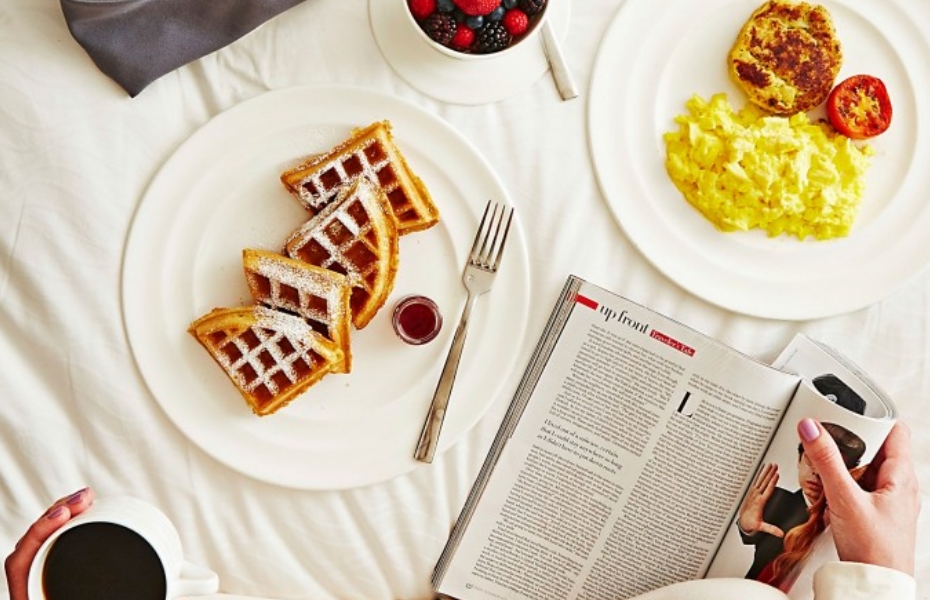Restaurant List
Min
Max
Cuisine
Signature Dining
Casual Dining
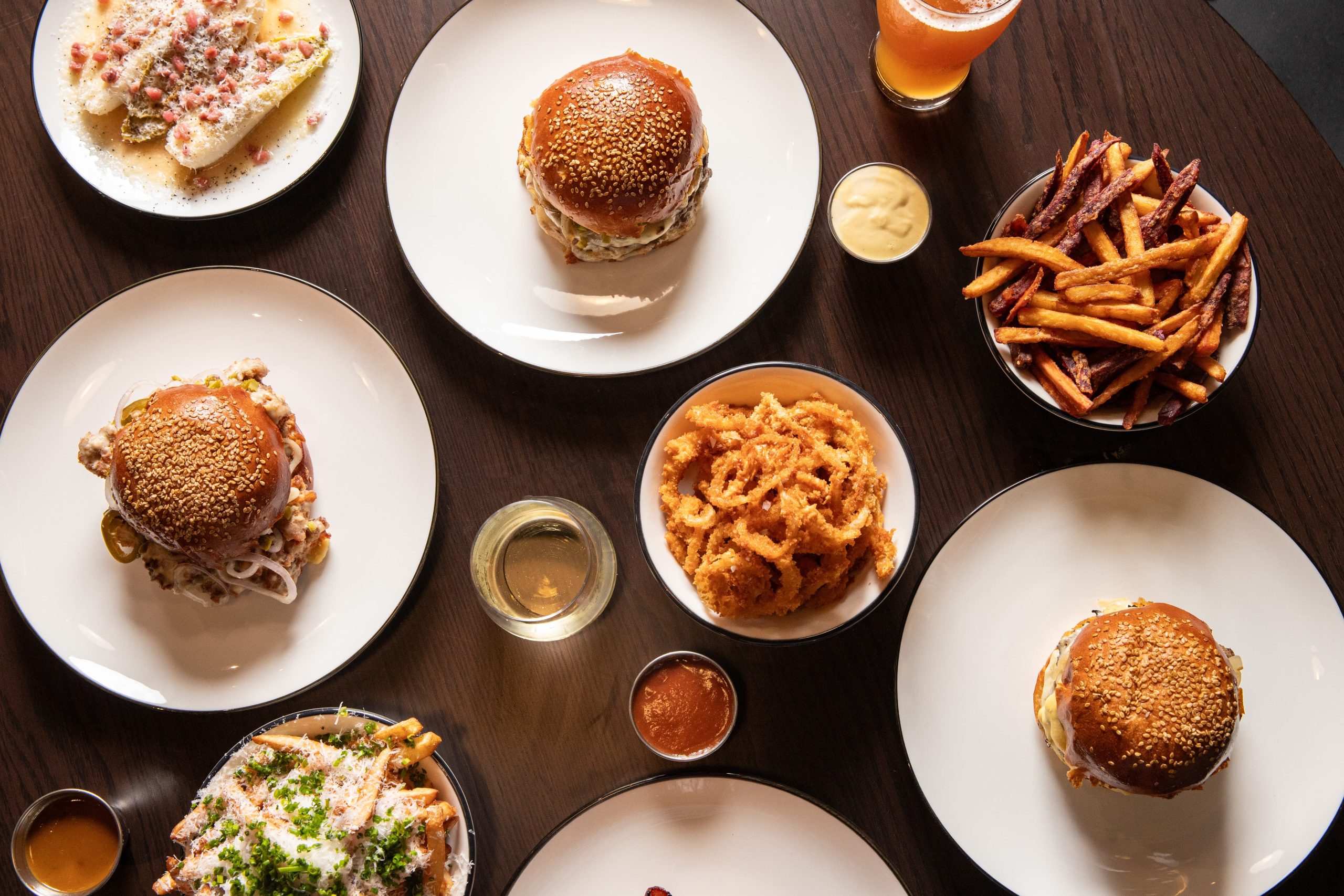
Le Rond Food Truck
- Fontainebleau Miami Beach introduces the Le Rond Food Truck, offering a variety of fan-favorite items, including signature burgers, and fries—ideal for a quick bite or a night out.
Hours: 11PM – 5AM Thursday – Sunday

Beachside
- Enjoy our curated beach menu featuring a selection of light bites, refreshing beverages, and signature cocktails, perfect for a day by the shore.
Hours: 11AM – 5PM Daily

Poolside
- Dive into delicious moments. Join us for inspired bites, cool sips, and signature cocktails perfected for your poolside pause.
Hours: 11AM – 5PM Daily


